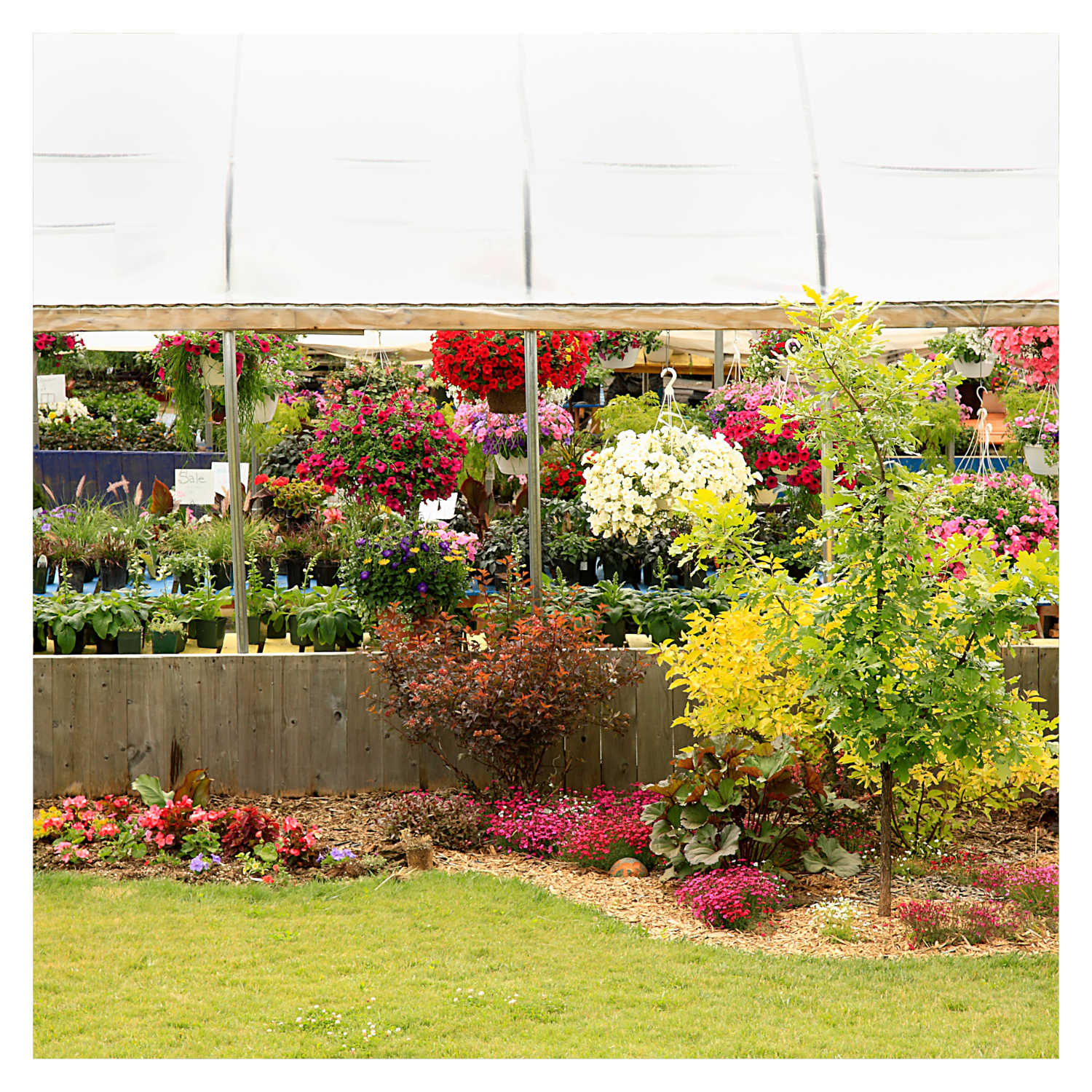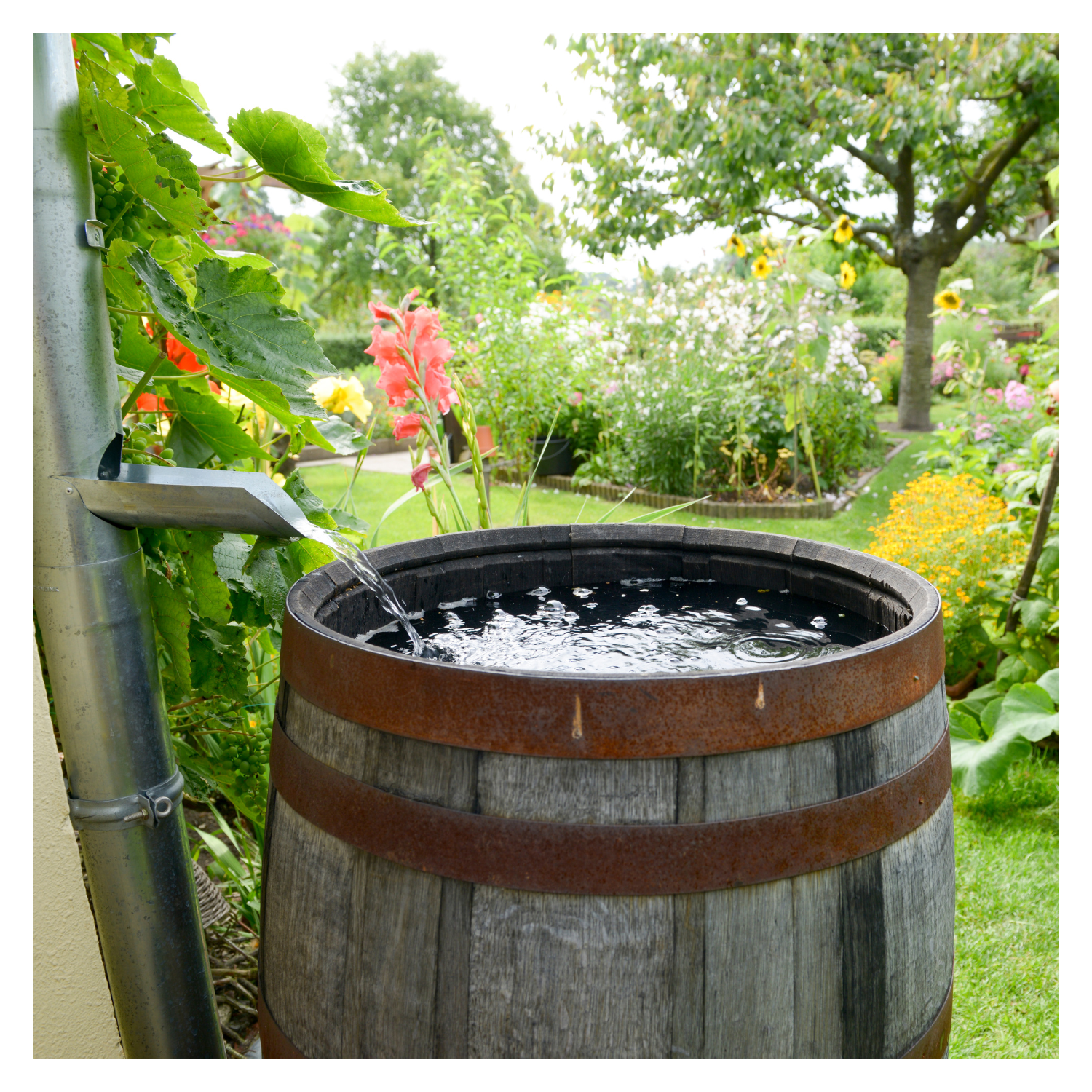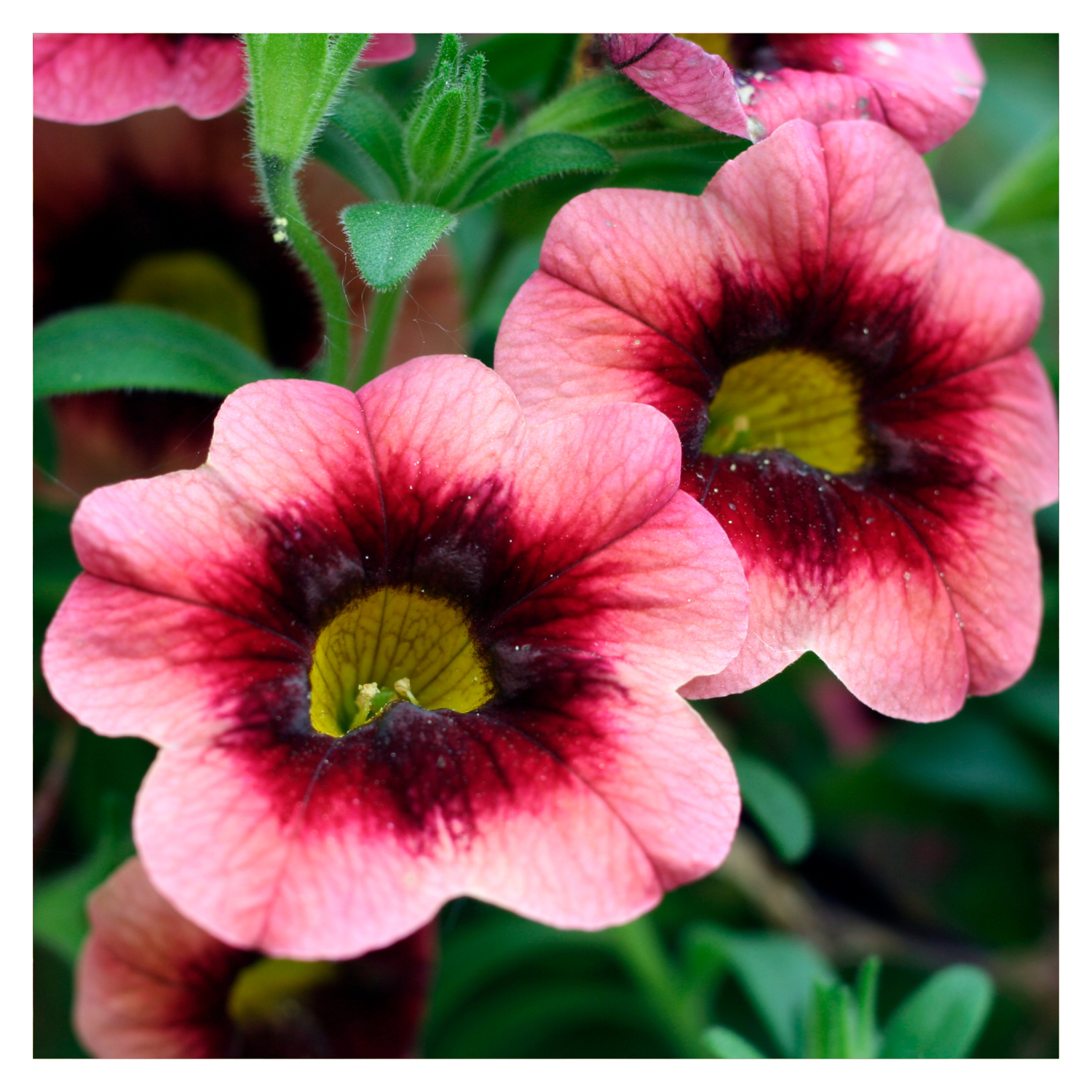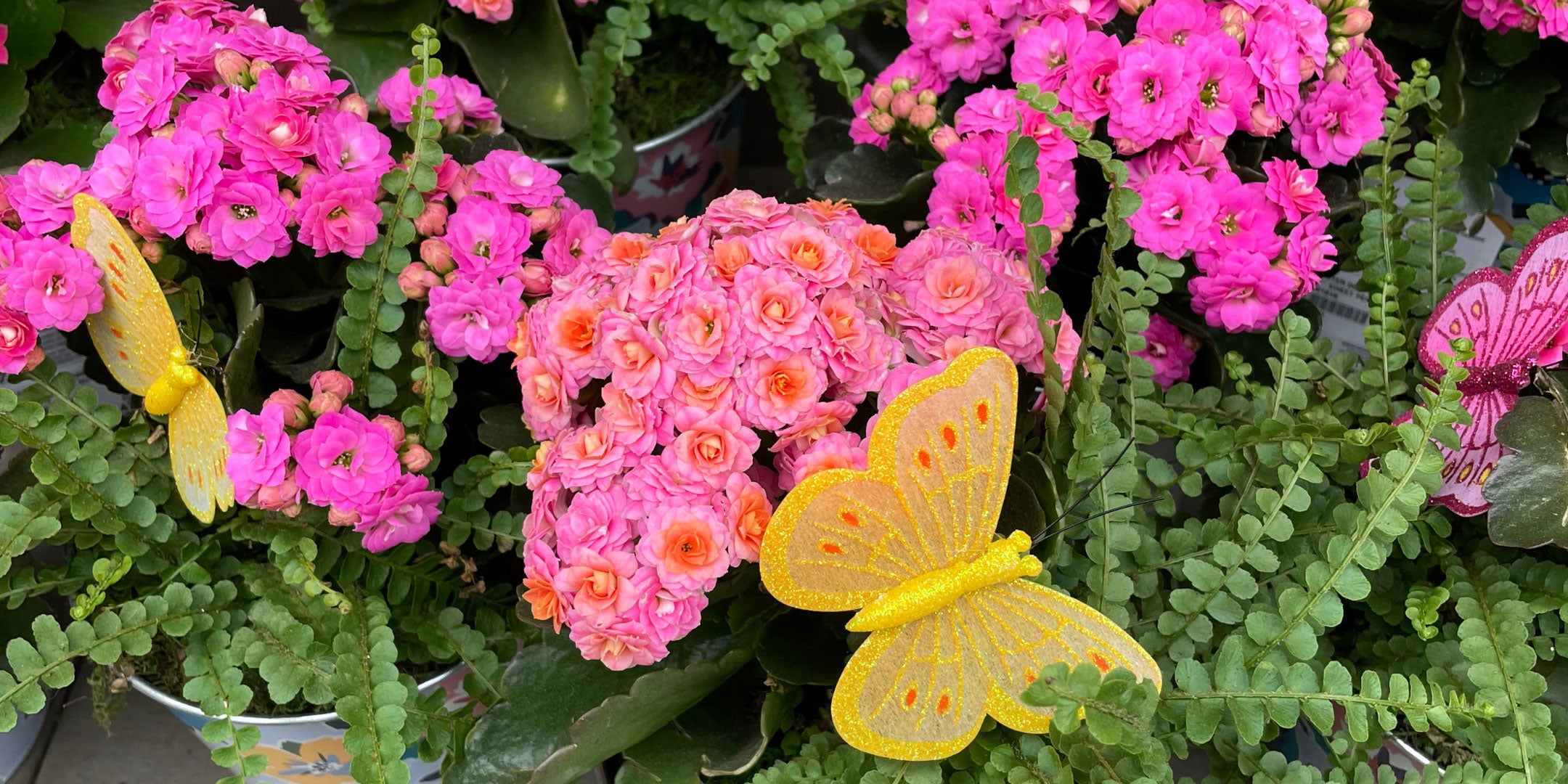When it comes to selecting flowers for your garden, one of the key decisions you'll face is whether to go with annuals or perennials. Both types offer distinct advantages and can be used strategically to create a beautiful and vibrant garden landscape. Let's delve into the differences between these two types of plants and how you can make the most of each in your gardening endeavours.
Blooming Cycles and Longevity
Annual flowers complete their life cycle within a single growing season. They typically bloom continuously throughout the season, providing a burst of color and beauty. Examples of popular annuals include petunias, zinnias, and marigolds. These plants are perfect for filling gaps in your garden or for adding seasonal interest to containers and borders.
On the other hand, perennial flowers are long-lived plants that return year after year. They often have distinct blooming periods, with some flowering in spring, others in summer, and some even into fall. Perennials include favorites like peonies, daylilies, and lavender. While perennials may not bloom as continuously as annuals, they offer the advantage of longevity and can form the backbone of your garden design.
Cost Considerations and Investment
It's important to note that perennials are usually more expensive initially compared to annuals. This is because perennials are established plants that will return for multiple years, whereas annuals need to be replanted each season. While the upfront cost of perennials may be higher, they can ultimately be a cost-effective choice over time as they do not require annual replacement.
Hardiness and Adaptability
Perennial flowers are often known for their hardiness and ability to withstand multiple seasons and weather conditions. Once established, perennials generally require less maintenance compared to annuals. They can become resilient fixtures in your garden, adapting to local climate conditions and soil types.
Annuals, while less hardy and more susceptible to frost and adverse weather, offer flexibility in terms of experimentation and design. They can be easily replaced or rearranged each year, allowing you to try out new color schemes or varieties without long-term commitment.
Tips for Using Both in Your Garden
To optimize the visual appeal and longevity of your garden, consider incorporating both annuals and perennials into your landscape design:
Create a Foundation with Perennials: Start by establishing a framework of perennial plants that will provide structure and continuity year after year. When selecting perennials, take into account the amount of sunlight your garden receives. Some plants thrive in full sun, while others prefer partial shade or full shade. Light requirements are typically indicated on plant tags available at your local garden center.
For Sunny Areas: Choose perennials like coneflowers (Echinacea), lavender (Lavandula), and black-eyed Susans (Rudbeckia) that thrive in full sunlight.
For Partial Shade: Opt for perennials such as hostas, astilbes, and coral bells (Heuchera) that prefer dappled sunlight or morning sun.
For Shady Spots: Consider planting perennials like ferns, foamflowers (Tiarella), and lungwort (Pulmonaria) that flourish in shaded conditions.
Accent with Annuals: Use annual flowers to fill in gaps, add pops of seasonal color, or experiment with different textures and heights. Annuals can be strategically placed to complement the more permanent features of your garden.
Rotate Annual Plantings: Swap out annuals each season to keep your garden fresh and dynamic. Consider planting cool-season annuals in spring and fall and heat-loving varieties in summer.
Combine for Impact: Mix and match annuals and perennials in borders, containers, and hanging baskets to create visually striking displays. Experiment with color combinations and plant textures to achieve the desired aesthetic.
In conclusion, the choice between annual and perennial flowers ultimately depends on your gardening goals, budget, desired level of maintenance, and the specific conditions of your garden, including sunlight exposure. By carefully selecting and integrating both types of plants, you can create a diverse and resilient garden that evolves beautifully throughout the seasons. Happy gardening!




